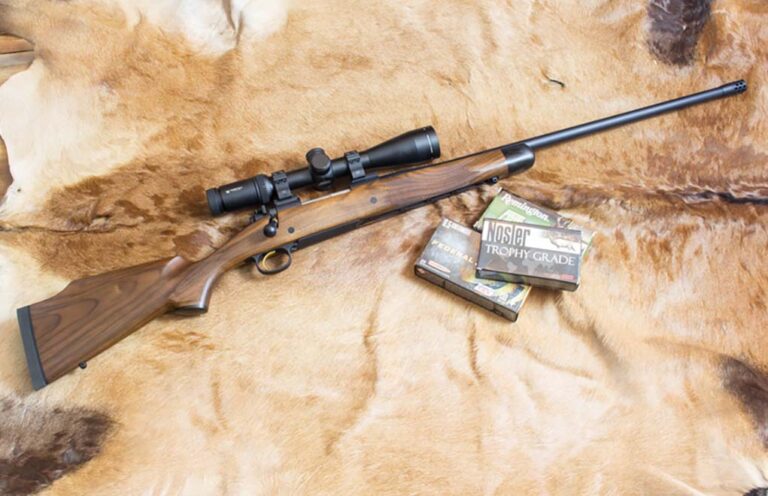
The author takes a look at the Montana Rifle Company and its American-made Junction rifle.
Among the numerous rifle companies that made a definite impression in the 20th century, one squeezed in just under the wire; in fact, their flagship rifle action was named for the last year of the 1900s.
Montana Rifle Company was the brainchild of gunsmith Brian Sipe. Their Model 1999 action became a favorite among hunters, and their bolt-action rifles gained equal popularity. Using a controlled-round-feed (CRF) action, with definite influences from the proven original Winchester Model 70 CRF design, those Montana Rifles equipped with the Model 1999 action were a perfect fit for the hunter on the back forty or for those pursuing big game around the globe. The original rifle series came in common calibers as small as .22-250 Remington, all the way up to the behemoth .505 Gibbs, and each made many hunters happy during its time in the spotlight.
Between business issues, production problems and availability, Montana Rifle Company as we knew it ended up closing its doors, being purchased by a private investor group and ultimately shutting down in March of 2020.
But don’t count the old brand out just yet: Grace Engineering of Memphis, Michigan, has revived the brand with a pair of new—yet familiar—bolt-action rifles: the synthetic-stocked Highline, and the walnut-stocked Junction. It was the latter that I got to spend time with.
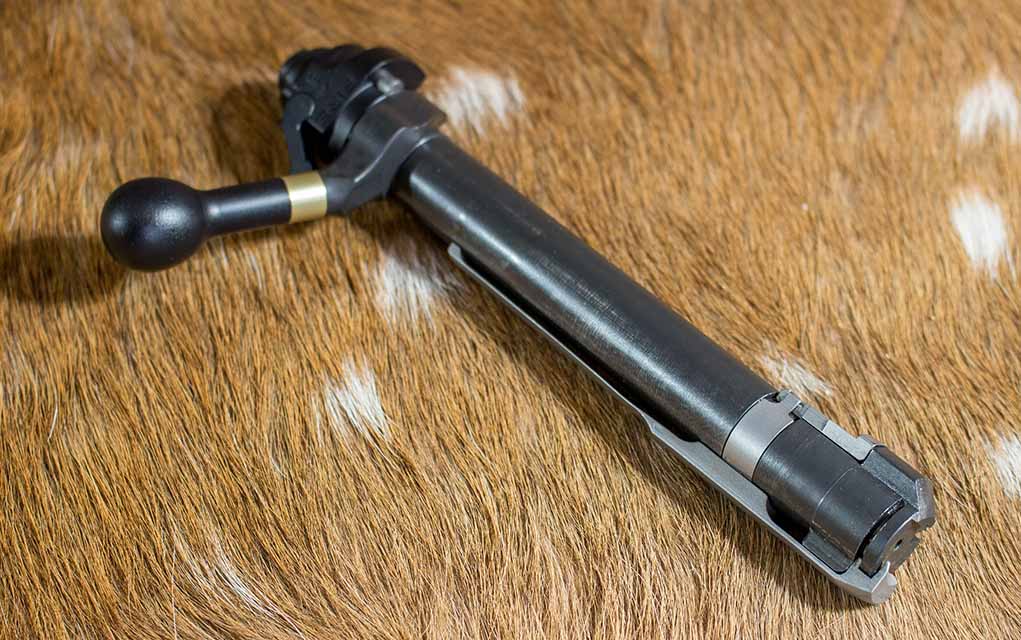
A Brand Reborn
Upon opening the box, I was expecting to see the familiar lines of the Model 1999 action … but I was surprised to see something altogether different. Instead of the ol’ ’99, Montana revised the action to create the Model 2022 action. Between this and several other obvious features, I knew this was much more than a reboot of previous designs. The stock lines were familiar—the Montana Rifles always ran a bit thin in the wrist and heavy in the forend, and the Junction is no different—but they’ve incorporated some features that immediately set it apart from its older siblings.
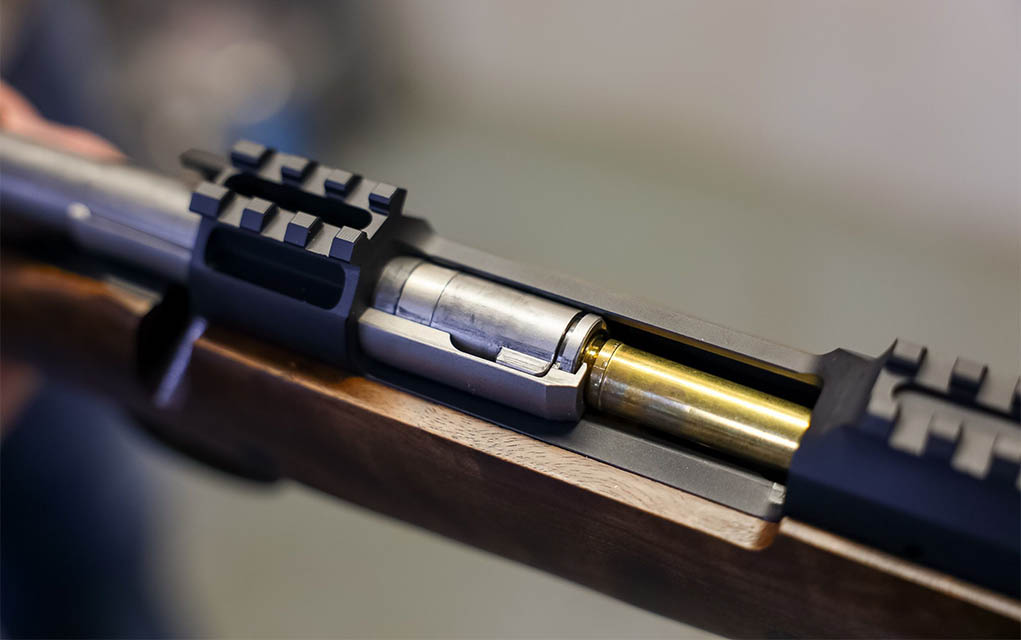
The first was what looked like a two-piece Picatinny rail atop the receiver, until I realized it was machined into the receiver itself. Instead of using a cast receiver, a la the Model 1999, Montana’s Model 2022 is milled from a solid billet of 416 stainless steel. The Mauser-style extractor band is still there, along with the Winchester 70-style three-position safety, as well as the hinged floorplate. Though the action is technically considered CRF, Montana has engineered the action to allow the single feeding of a cartridge without the risk of damaging the extractor, giving one additional round on top of the full magazine.
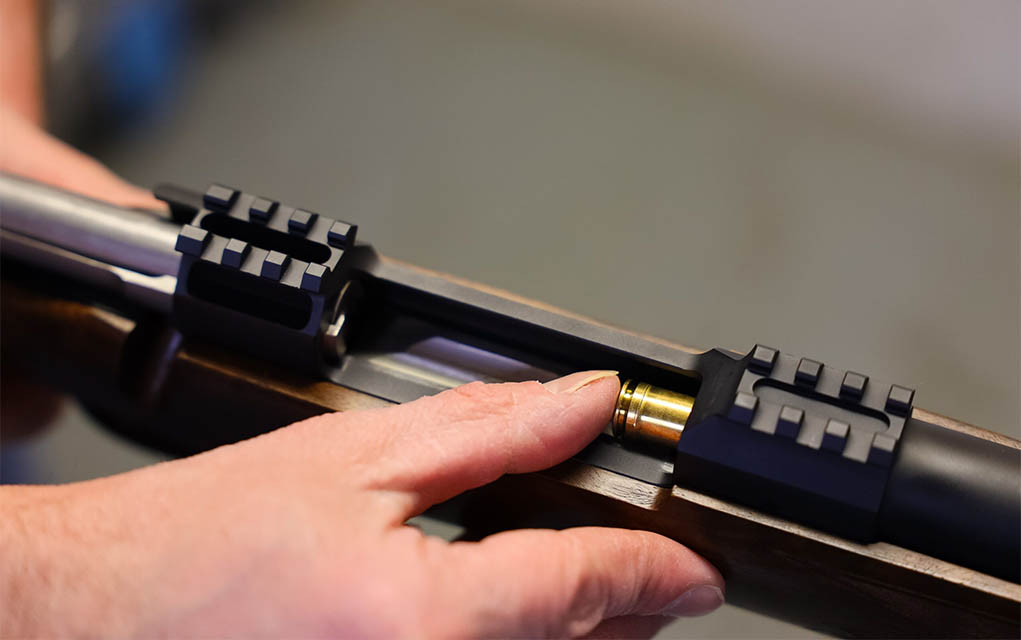
The bolt handle has a distinct gold band in the middle section, terminating in an unadorned oblong bolt handle, which is comfortable in the hand. Because all the metalwork is covered in a weatherproof finish, working the Junction’s action right out of the box may seem a little stiff, but it soon smooths out from use.
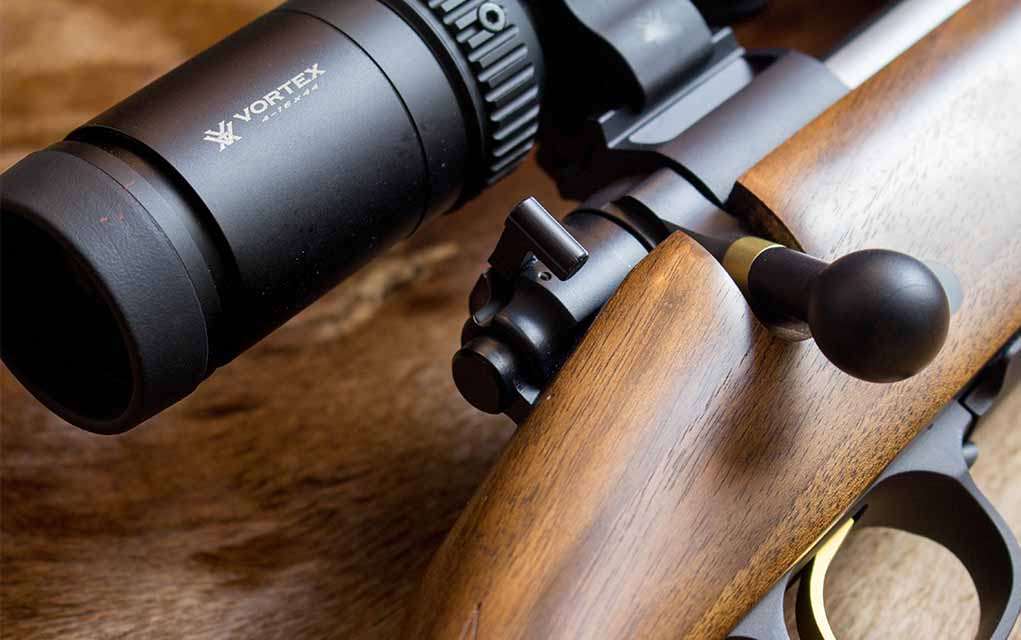
The Junction uses an adjustable trigger—again inspired by the Winchester Model 70 design—finished in the same gold color that adorns the bolt handle, which Montana Rifles says is set to 3.5 pounds but adjustable down to 2 pounds. My handy little Lyman Digital Trigger Scale showed that the trigger broke consistently at 3 pounds, 5 ounces. I found the trigger had just the slightest bit of creep and almost no overtravel.
My test rifle—and the entire initial run of Junction rifles—came chambered in the now universal 6.5 Creedmoor, and the magazine will hold five rounds. Note: 11 cartridges are in the works from Montana, including the 6.5 PRC, 7mm PRC, .308 Winchester, .300 Winchester Magnum, .375 H&H Magnum and more coming throughout this year.
Equipped with a 24-inch button-rifled, hand-lapped barrel—made in Michigan at the Montana Rifles plant—with a 1:8 twist and threaded at the muzzle, the Junction comes with a removable muzzle brake that brings the low-recoiling Creedmoor down to nearly nothing. The Junction’s barrel is clean, with no iron sights, and one look at the receiver with the integral base tells the prospective purchaser this rifle is assuredly designed to be scoped.
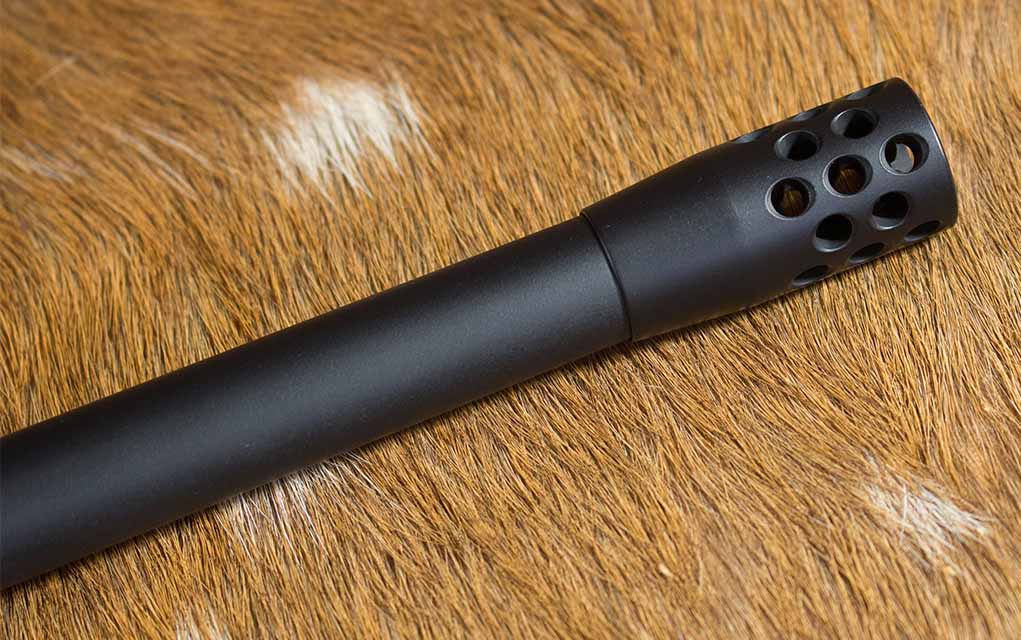
Turning to the Junction’s stock, there’s a definite new look, even if the feel hasn’t changed much from the older Montana Rifles offerings. The Junction is stocked in a handsome piece of walnut in the Monte Carlo design, with a prominent cheekpiece, and is checkered at the pistol grip and forend. The length-of-pull on the test rifle measured 13½ inches, which is pretty well the same dimension as most American hunting rifles, though I personally wish that, collectively, rifle manufacturers would add a half-inch or so to that figure.
As I stated above, the Montana design has always had a thinner pistol grip and a fatter forend. But, in the new Junction rifle, Grace Engineering has provided not only the traditional sling studs fore and aft, but also a four-slot M-Lok rail along the bottom of the stock and in between the forward sling stud and the front action screw. While perhaps unconventional, at least in the visual department, it does make a whole bunch of sense. It allows the use of bipods, tripods and what-have-you, without the need for the end user to modify the rifle. Looking toward the rear of the rifle, Montana provides a ⅝-inch pliable recoil pad to absorb any recoil sting that the muzzle brake doesn’t handle.
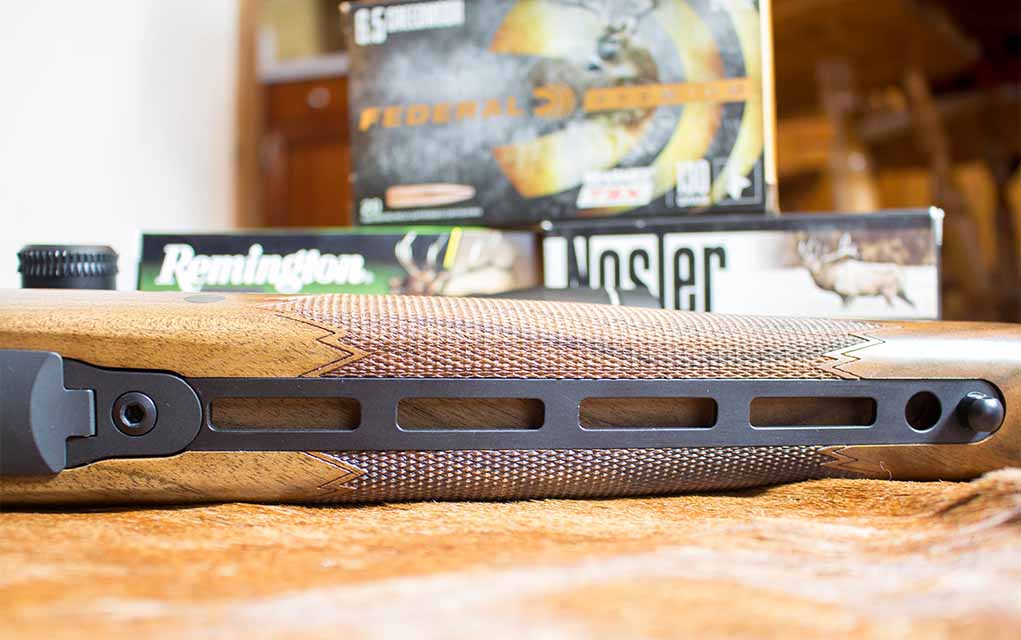
In all, the Junction is a familiar-feeling rifle that’ll sit comfortably in the hands of traditionalists, yet it provides a good number of useful features that even the younger folks—who have accepted attaching all sorts of goodies to a rifle or handgun—will gravitate toward.
Testing The Montana Rifle Company Junction
My test rifle came with an optic already mounted and sighted by the folks at Montana—though the Junction isn’t sold with any sort of optic. The Vortex Viper 4-16x44mm in Vortex mounts (conveniently labeled with torque specs on the rings—nice touch) certainly will help take full advantage of the Creedmoor’s trajectory and accuracy performance, and it was more than enough to evaluate the 100-yard accuracy of this combination.
Did I mention that Montana Rifle Company gives a ½-MOA guarantee with their new rifles? Well, they do. According to the company: “All Model 2022 rifles are guaranteed to shoot a three-shot group inside ½ MOA from a cold barrel using premium ammunition.” Gauntlet dropped; let’s see if the Junction will hold up to that claim. I grabbed four different boxes of premium ammo and packed up the Junction to head to the range.
Hornady’s Match load—with the 140-grain ELD Match bullet at 2,710 fps—has certainly become the benchmark for assessing a rifle’s potential, so I included that in the mix. But as the Junction is first and foremost a hunting rifle, I grabbed three boxes of premium hunting ammunition that I thought would best serve in the test. The Federal Premium 130-grain Barnes TSX load would be a lead-free hunting choice, the Nosler Trophy Grade 129-grain AccuBond Long Range load certainly qualifies as a premium ammunition choice, and the Remington Premier Long Range 140-grain Speer Impact load would round out the group.
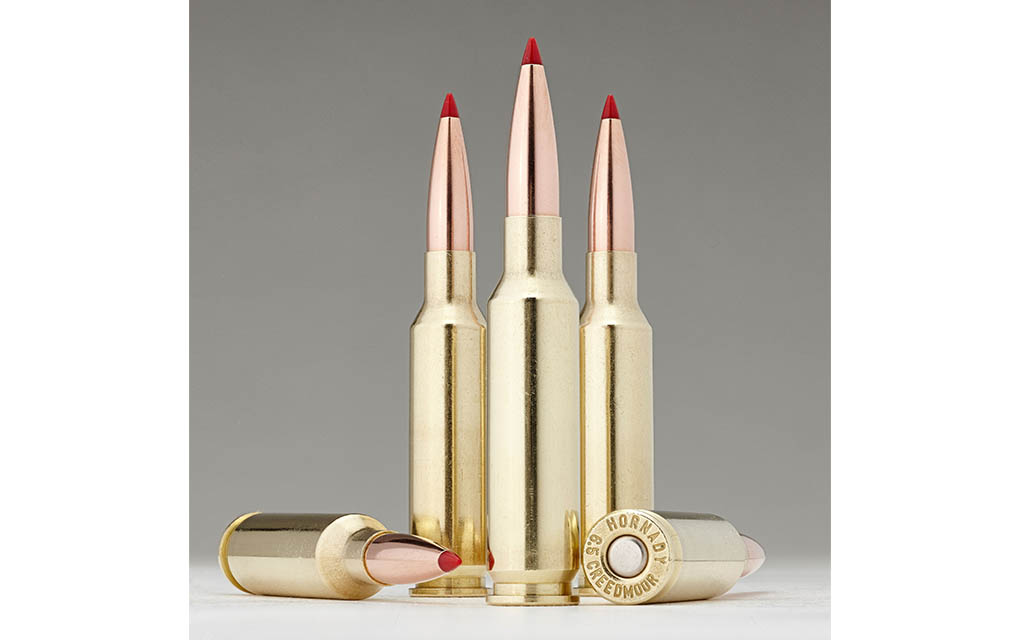
Firstly, I had no extraction or ejection issues with any of the ammunition. Secondly, because I had the accuracy claim from Montana Rifles in mind, and the fact that this is a hunting rifle, I limited groups to three shots, letting the barrel completely cool to ambient temperature before shooting the next group. Thirdly, I like the way the Junction shot from the bench; in spite of the fact that the stock was a bit too short for my liking, I felt like the stock design allowed me to shoot it well from the bench. And lastly, the Junction very nearly made the accuracy guarantee … but not quite.
The three hunting loads each averaged at or below 0.8 MOA, with the Hornady Match load printing the best of the lot at 0.62 inch. Perhaps I had too much coffee (or perhaps not enough) and my weebles and wobbles didn’t align by ⅜ inch, or someone somewhere played a Yoko Ono record and set the earth off its axis … I dunno. While I will confidently say that the Junction is definitely a sub-MOA rifle, at the very least my test rifle didn’t have a group at or below the ½-MOA mark. Nonetheless, this level of accuracy is absolutely sufficient for a hunting rifle, and each load shot consistently, holding the same general size over four three-shot groups.
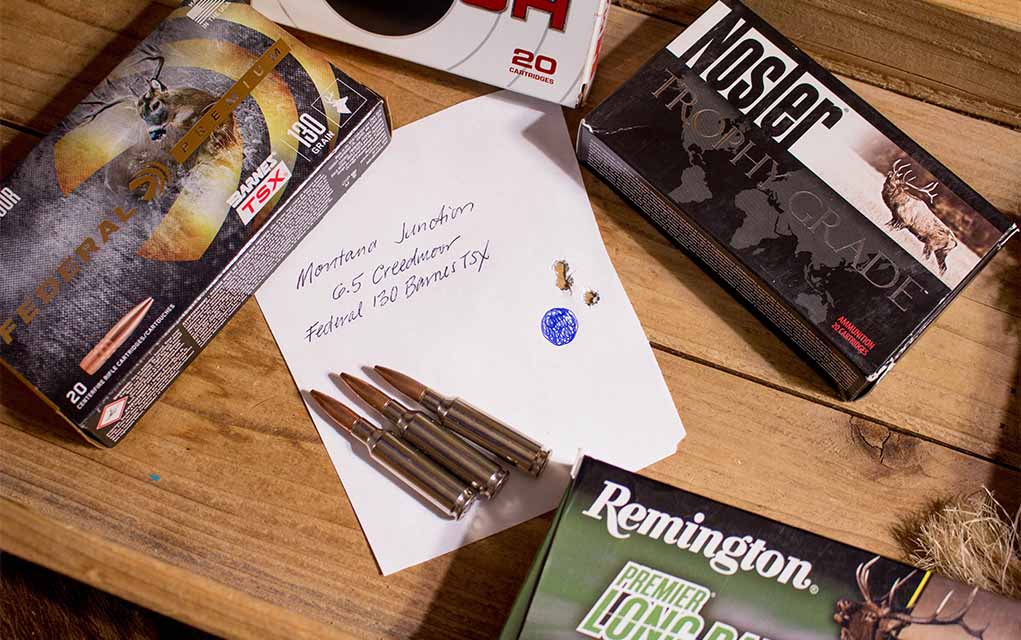
Usually, with accuracy comes consistent velocities, and the Junction rifle was a great example of this. My Oehler 35P showed that the “worst” load gave an extreme spread of 75 fps, with all four loads coming within 35 fps of the advertised velocities. Across the board, the Junction impressed me at the bench, and I’m certain it would do the same in the field and woods.
Patriotic Pride
All of the Montana rifles—action, stock and barrel—are made right here in the good old United States, and that means something to many hunters. In generations past, gun store shelves were stacked with rifles made in America, yet today many of our biggest names have been bought by foreign companies and moved manufacturing off American soil. Montana offers a high-quality rifle made in America by Americans.
Though currently available only in right-handed configuration, Montana indicates that left-handed models will be available in the near future. The Junction measured 45½ inches with the muzzle brake attached and weighed in at just over 7½ pounds, unscoped. The Montana Rifle Company Junction has an MSRP of $2,495 and you can find it at MontanaRifleCo.com.
Editor's Note: This article originally appeared in the April 2024 issue of Gun Digest the Magazine.
More On Hunting Rifles:
- Royal Blood: Mauser M-18 Review
- Mossberg Patriot LR Tactical Review
- Springfield Armory 2020 Waypoint Review
- Shaken, Not Stirred: Heym Martini Express Review
- Marlin 1895 Trapper Review: The Hunting Panther

Next Step: Get your FREE Printable Target Pack
Enhance your shooting precision with our 62 MOA Targets, perfect for rifles and handguns. Crafted in collaboration with Storm Tactical for accuracy and versatility.
Subscribe to the Gun Digest email newsletter and get your downloadable target pack sent straight to your inbox. Stay updated with the latest firearms info in the industry.

![Best Concealed Carry Guns In 2025 [Field Tested] Wilson Combat EDC X9S 1](https://gundigest.com/wp-content/uploads/Wilson-Combat-EDC-X9S-1-324x160.jpg)


![Best 9mm Carbine: Affordable PCCs [Tested] Ruger Carbine Shooting](https://gundigest.com/wp-content/uploads/Ruger-Carbine-Shooting-100x70.jpg)
![Best AR-15: Top Options Available Today [Field Tested] Harrington and Richardson PSA XM177E2 feature](https://gundigest.com/wp-content/uploads/Harrington-and-Richardson-PSA-XM177E2-feature-100x70.jpg)

True up the crown with a hand tool from a variety of sources and also run 3 rounds each of the last 2 Tubb barrel polishing rounds from a cold barrel…..Clean well and put one fouling round through it..from a stone cold barrel shoot your 3 round group…..with the right ammo from Superior Ammo it should shoot well under 1/2 inch…..
If you want a load my e-mail is [email protected]……I’ve fired just over 1,500,000 rounds from everything ..pistols shotguns and rifles from hot 22’s to 577 doubles that I built when I owned Rigby…..absolute favorite caliber is the 300 H&H !!! I load it hot and have achieved an average of sub 1/4 inch groups with it …some even smaller !!! 200 grain Sierras @ 2950 fps…150 grain sierras at 3500fps….